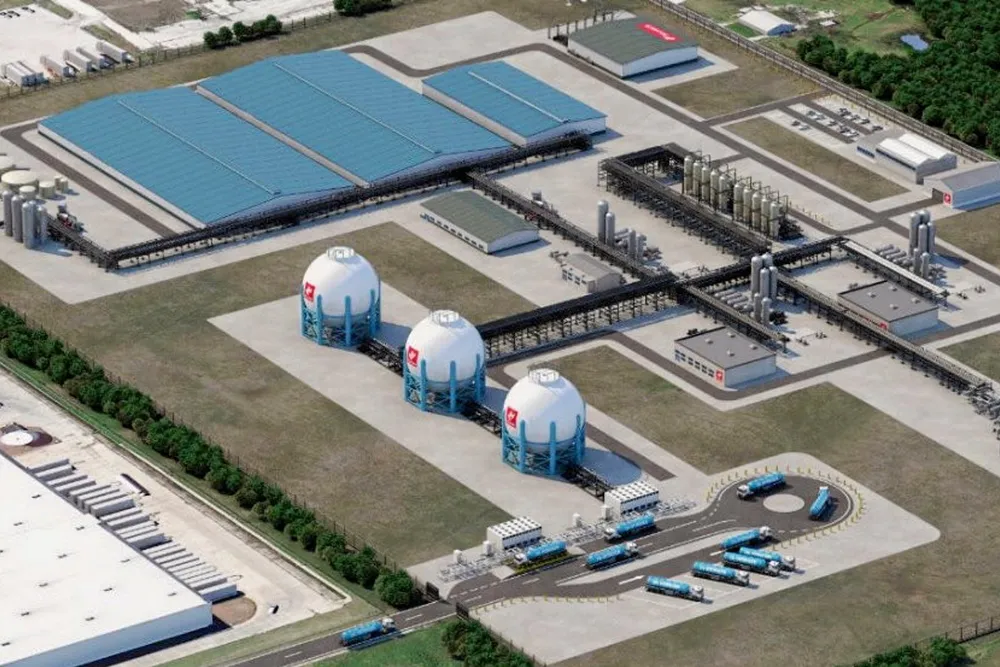Woodside targets US market with proposed hydrogen project in Oklahoma
Australian company looks to build an initial 290MW facility, while it also signs an MoU with hydrogen-powered commercial vehicle supplier Hyzon Motors

Australian company looks to build an initial 290MW facility, while it also signs an MoU with hydrogen-powered commercial vehicle supplier Hyzon Motors
